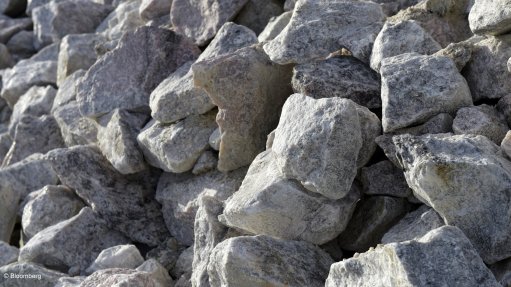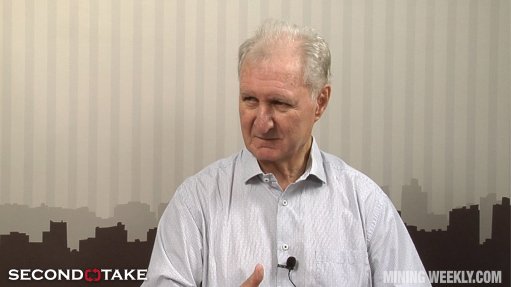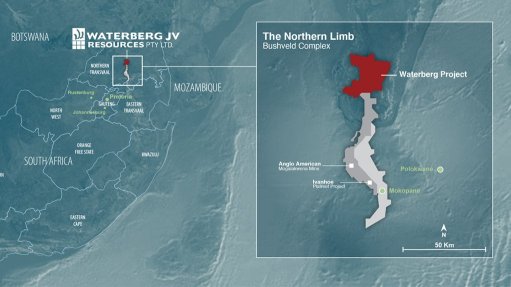UCT research aims to help stakeholders mitigate mine closure risks
Research published in the International Journal of Mining by University of Cape Town (UCT) Future Water Institute academic Dr Megan Cole has indicated that 48 of South Africa’s 230 operating mines could close in the next ten years.
The findings also showed that social risks were highest in the most vulnerable communities, particularly rural villages in Limpopo and North West, which Cole emphasises shows the need for a broad response by national and provincial governments to alleviate poverty and support economic growth.
“The environmental risks are highest for coal and gold mining regions, which are also where the best arable land is found, highlighting the importance of rehabilitation in the mine closure process to enable post-closure land use and economic diversification,” she points out.
The research quantified the risks associated with closing down mines across South Africa.
Cole notes that mine closure is a growing concern in mining countries worldwide owing to environmental and social impacts, especially in developing countries.
“The majority of these mines are coal mines located in Mpumalanga, where coal reserves are running out and pressure to mitigate climate change is limiting investment; and gold mines in the Free State and Gauteng, which operate at very deep levels in challenging conditions,” she points out.
She emphasises that mining is a cornerstone of South Africa’s economy, as the country is the world’s leading producer of platinum, chromium and manganese.
“Over a quarter of our local municipalities host an operating mine, and over six-million people live in mining host communities. The future of mining affects all of us, but mine closure can have significant direct impacts on host communities, local economies and the environment,” Cole warns.
She points out that there has been a lack of data and communication regarding mine closure in the country, and that her research sought to put information in the hands of those who needed it to make good decisions.
Cole’s risk rating system assessed and mapped the likelihood of mine closure, socioeconomic risk and environmental risk for all operating mines in the country.
The results highlighted where closure was likely to happen soonest and where social and environmental risks were highest.
“This is important for government departments at all levels for planning and prioritisation, for mining companies who may not have considered all of the impacts resulting from mine closure, and for affected workers and communities, who can then engage with the mining companies and government on how to minimise the negative impacts,” Cole avers.
“Each mine is different, with a unique context and set of environmental, social and governance risks. While the research proposes a national risk rating system and highlights patterns for the country, it also provides a rich dataset that gives detailed information at the mine site and local community level. This can be used case-by-case by various stakeholders who can add their perspectives,” Cole says.
She expresses her hope that the risk ratings will promote deeper discussions on mine closure management and planning among a diverse group of stakeholders, empower communities to prepare for closure, and support evidence-based decision-making.
“It comes at an important time, as the draft National Mine Closure Strategy undergoes public consultation and there is global attention on how South Africa navigates a just energy transition. This research is the first of its kind, and the approach could be used in other mining countries to assess the risks associated with mine closure,” Cole posits.
Comments
Press Office
Announcements
What's On
Subscribe to improve your user experience...
Option 1 (equivalent of R125 a month):
Receive a weekly copy of Creamer Media's Engineering News & Mining Weekly magazine
(print copy for those in South Africa and e-magazine for those outside of South Africa)
Receive daily email newsletters
Access to full search results
Access archive of magazine back copies
Access to Projects in Progress
Access to ONE Research Report of your choice in PDF format
Option 2 (equivalent of R375 a month):
All benefits from Option 1
PLUS
Access to Creamer Media's Research Channel Africa for ALL Research Reports, in PDF format, on various industrial and mining sectors
including Electricity; Water; Energy Transition; Hydrogen; Roads, Rail and Ports; Coal; Gold; Platinum; Battery Metals; etc.
Already a subscriber?
Forgotten your password?
Receive weekly copy of Creamer Media's Engineering News & Mining Weekly magazine (print copy for those in South Africa and e-magazine for those outside of South Africa)
➕
Recieve daily email newsletters
➕
Access to full search results
➕
Access archive of magazine back copies
➕
Access to Projects in Progress
➕
Access to ONE Research Report of your choice in PDF format
RESEARCH CHANNEL AFRICA
R4500 (equivalent of R375 a month)
SUBSCRIBEAll benefits from Option 1
➕
Access to Creamer Media's Research Channel Africa for ALL Research Reports on various industrial and mining sectors, in PDF format, including on:
Electricity
➕
Water
➕
Energy Transition
➕
Hydrogen
➕
Roads, Rail and Ports
➕
Coal
➕
Gold
➕
Platinum
➕
Battery Metals
➕
etc.
Receive all benefits from Option 1 or Option 2 delivered to numerous people at your company
➕
Multiple User names and Passwords for simultaneous log-ins
➕
Intranet integration access to all in your organisation

















